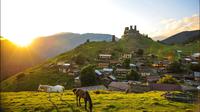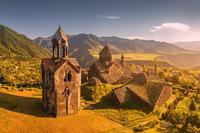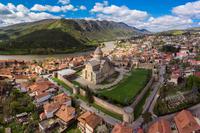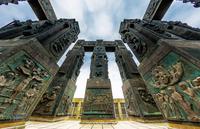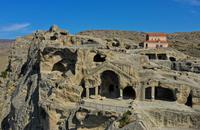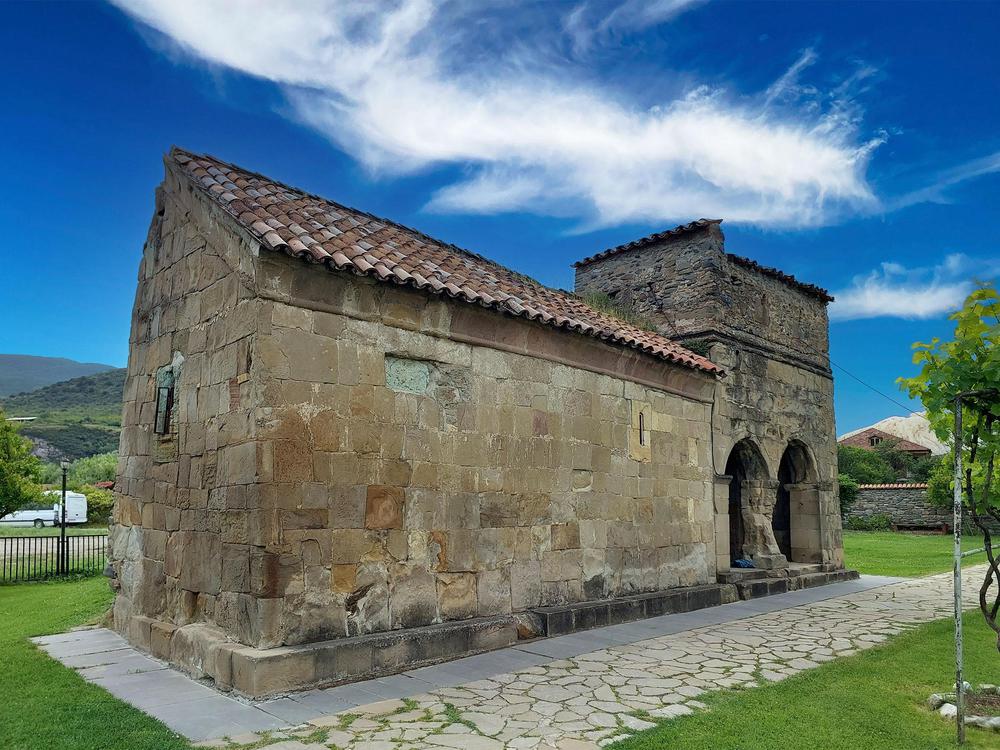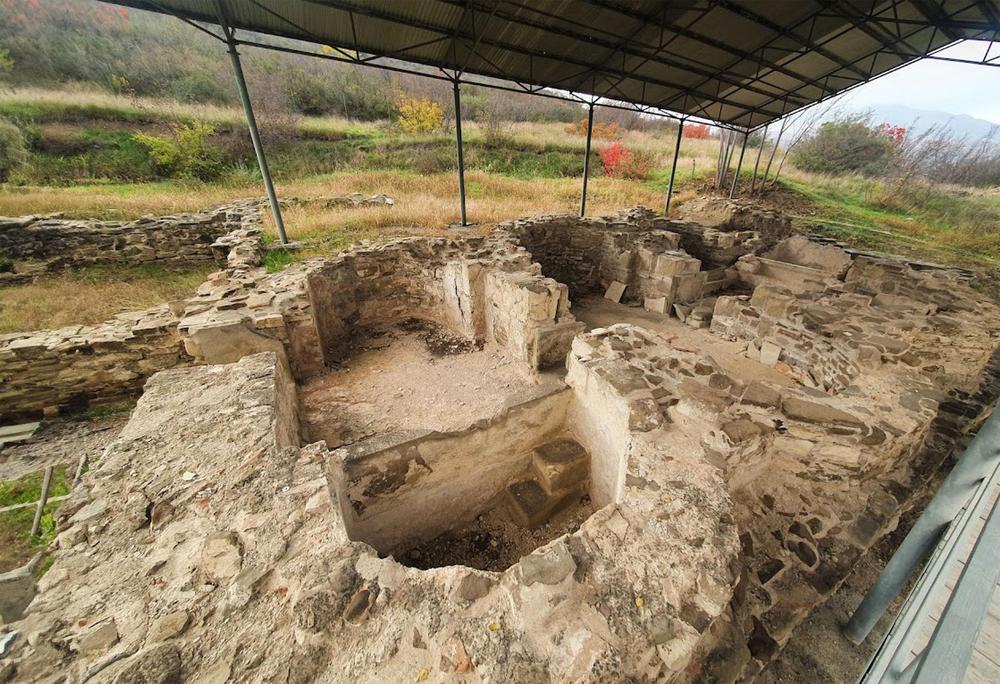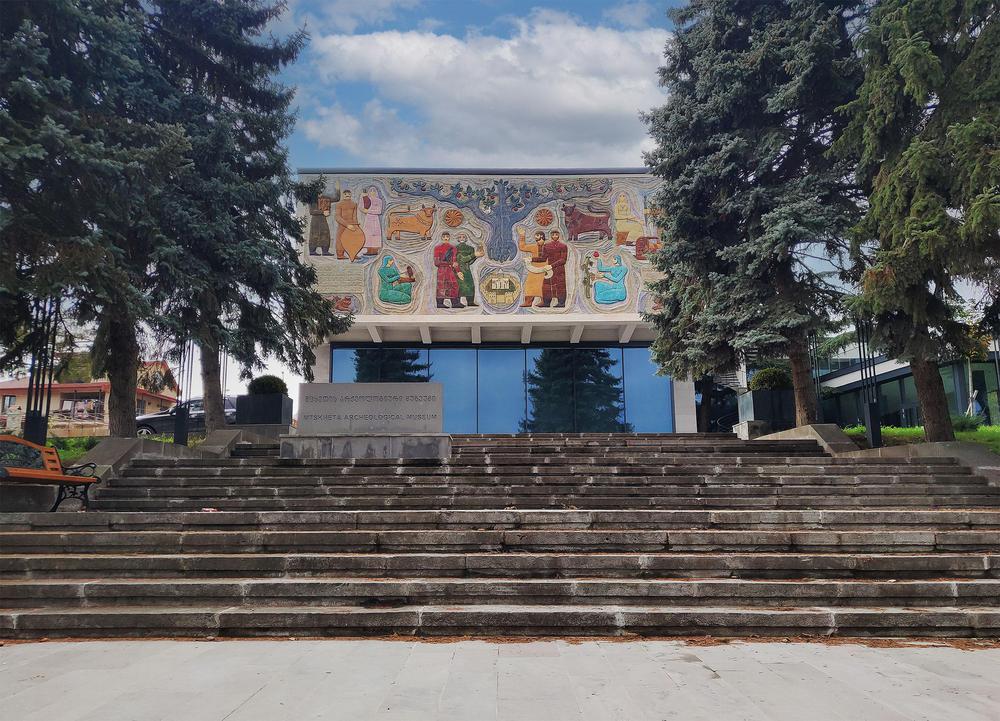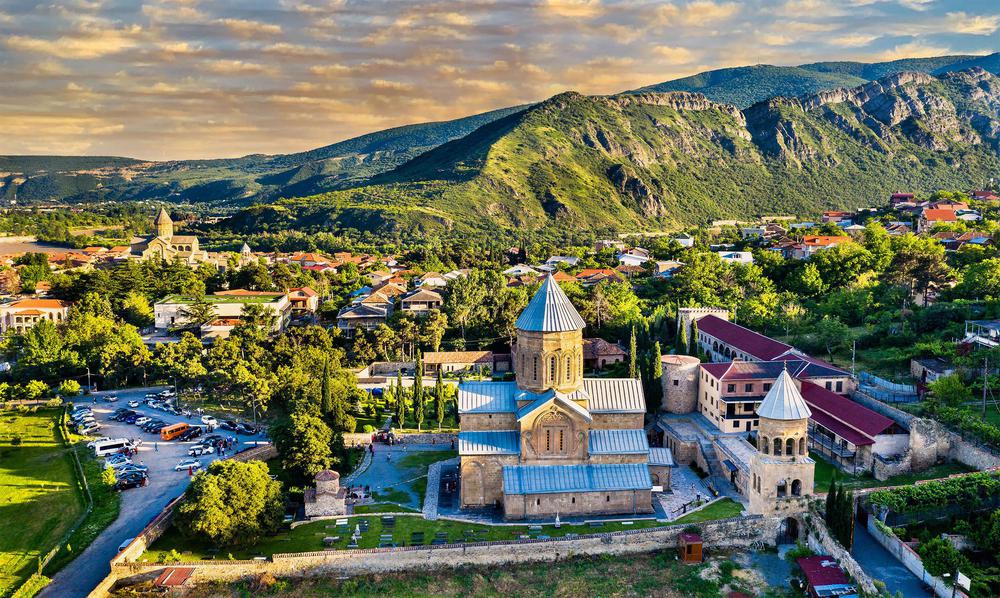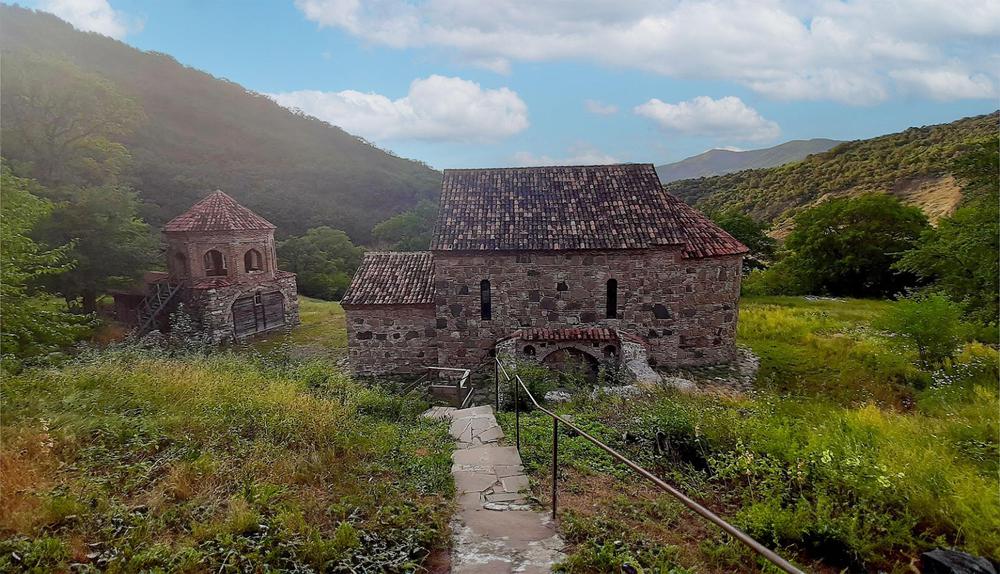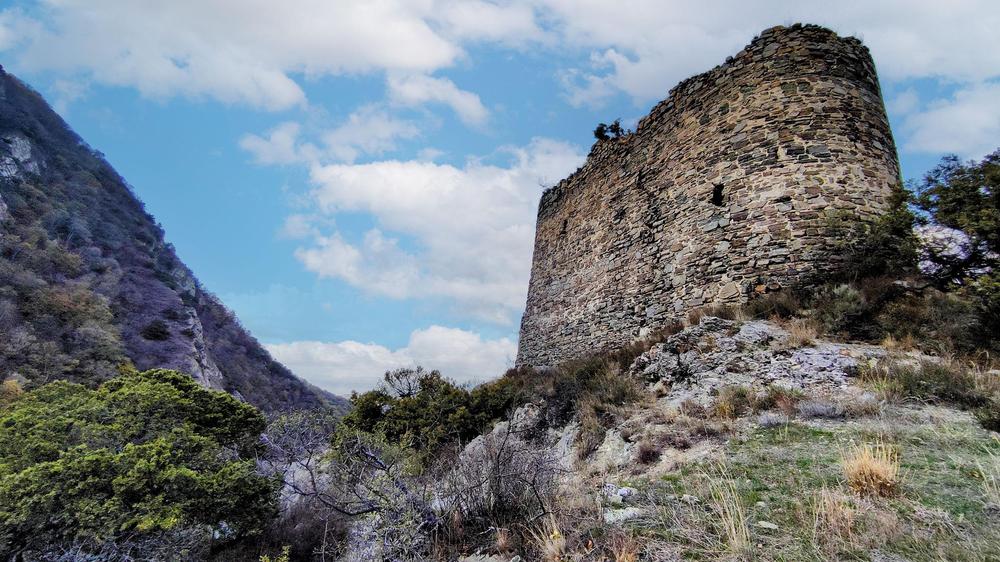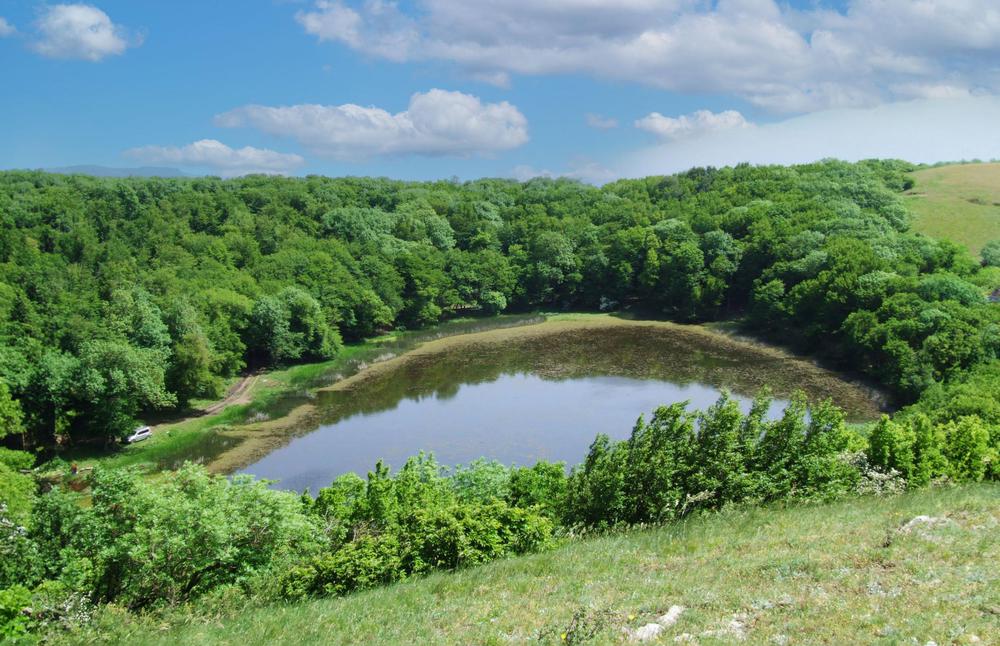Jvari Monastery, a sixth-century Georgian Orthodox marvel near Mtskheta, eastern Georgia, stands as a testament to early medieval Georgian architecture. Perched atop Jvari Mount, this structure harmoniously integrates with its natural surroundings, a characteristic of medieval Georgian design. Recognized as a UNESCO World Heritage Site in 1994, Jvari has retained its original form through centuries.
The monastery's site, overlooking the Mtkvari and Aragvi rivers near the ancient capital of Iberia, Mtskheta, gained sacred status when Saint Nino, instrumental in converting King Mirian III to Christianity, erected a miraculous wooden cross here in the 4th century. The "Small Church of Jvari," built around 545 under Guaram I, initially marked the site. However, its limited capacity led to the construction of the larger "Great Church of Jvari" between 590-605 by Stepanoz I, according to the Jvari inscriptions.
Despite adversities, like the Sajid invasion in 914, the monastery has remained largely intact. In the late Middle Ages, it was fortified, with some remnants still visible. Post-Soviet, it returned to active religious use.
Architecturally, Jvari is a "four-apsed church with four niches" domed tetraconch, an early example in Georgian architecture that influenced numerous subsequent churches. Its design creates an illusion of grandeur, with the dome supported by walls, not pillars. The interior and exterior feature bas-relief sculptures with Hellenistic and Sassanian influences and Georgian Asomtavruli script inscriptions. Notably, the small Guaram's church within the complex has a cross-shaped interior and detailed decorations.
Jvari faces threats from erosion due to acid rain and strong winds, highlighted by its inclusion in the 2004 World Monuments Watch list. Its architectural style has sparked debates between Georgia and Armenia over the origins of the "four-apsed church with four niches" form.
Jvari Monastery continues to be a significant cultural and religious site, attracting visitors worldwide with its historical, architectural, and spiritual significance.



